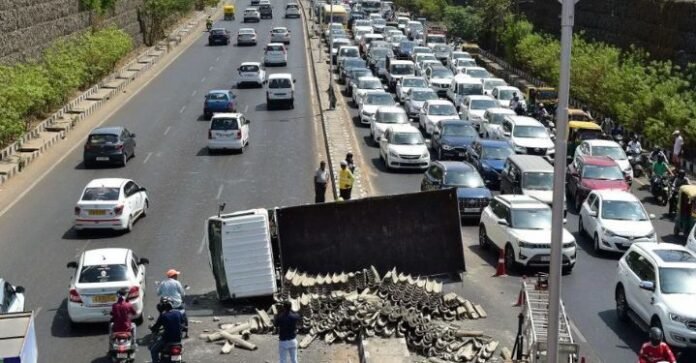India’s roads, stretching over 6.3 million kilometers, are a marvel of scale—but also a mirror to a grim reality. Every four minutes, a life is lost on these roads, making Indian highways and city streets among the deadliest in the world. The causes? A volatile mix of speeding, poor enforcement, lack of awareness, and infrastructural neglect.
The Scourge of Speeding
Speeding is the biggest culprit behind road fatalities in India. With 71% of all deaths in 2022 caused by over-speeding, the issue has reached epidemic proportions. The affordability of faster bikes and cars without parallel investments in safety education or enforcement only adds fuel to the fire. Speed breakers are missing, highways are poorly monitored, and traffic calming mechanisms are underdeveloped, especially in semi-urban and rural areas.
Poor Road Discipline
India suffers from a cultural leniency toward traffic violations. Lane discipline is practically non-existent in most parts of the country. Drivers often disregard red lights, overtake from the left, or drive against traffic—especially on two-wheelers. Pedestrians face a daily challenge to cross roads safely, and zebra crossings are treated as decorative paint.
Inadequate Emergency Response
The “golden hour” after an accident is critical for saving lives. Yet, many victims in India don’t receive medical help in time. Ambulance infrastructure is patchy at best, especially outside metro cities. Bystanders often hesitate to help due to legal fears, despite Good Samaritan laws meant to protect them.
Lack of Driver Training and Licensing Irregularities
A substantial number of commercial and private drivers on Indian roads lack formal training. It’s not uncommon for driving licenses to be issued without a rigorous test. This creates a pool of drivers who are underprepared for the demands of high-speed or dense-traffic environments, contributing to poor decision-making behind the wheel.
Urban Chaos vs. Rural Risk
Urban roads are choked with vehicles but at least benefit from better signage and streetlights. In contrast, rural roads—where a significant share of accidents occur—are dimly lit, uneven, and poorly marked. Accidents in rural areas are also more likely to involve pedestrians or vehicles carrying unsafe loads, including people.
Policy Moves: A Step Forward, but Not Enough
The Indian government introduced the Motor Vehicles (Amendment) Act in 2019, increasing fines and jail time for violations. However, enforcement remains weak. Cameras and monitoring systems are scarce, especially in Tier 2 and Tier 3 cities. Without consistent enforcement, stricter laws have limited impact.
Public Education: The Missing Piece
Road safety is not adequately addressed in schools or through national campaigns. Public awareness of things like the dangers of not wearing helmets, drunk driving, or not using child seats is low. With over 50% of two-wheeler deaths occurring due to not wearing helmets, this is an area ripe for intervention.
Conclusion
India’s road fatality crisis isn’t just a transportation issue—it’s a public health emergency. Tackling it requires more than repairing potholes; it demands a fundamental shift in the way India sees and uses its roads. From improving driver education to building safer roads and enforcing laws strictly, the way forward is clear, but long overdue.

